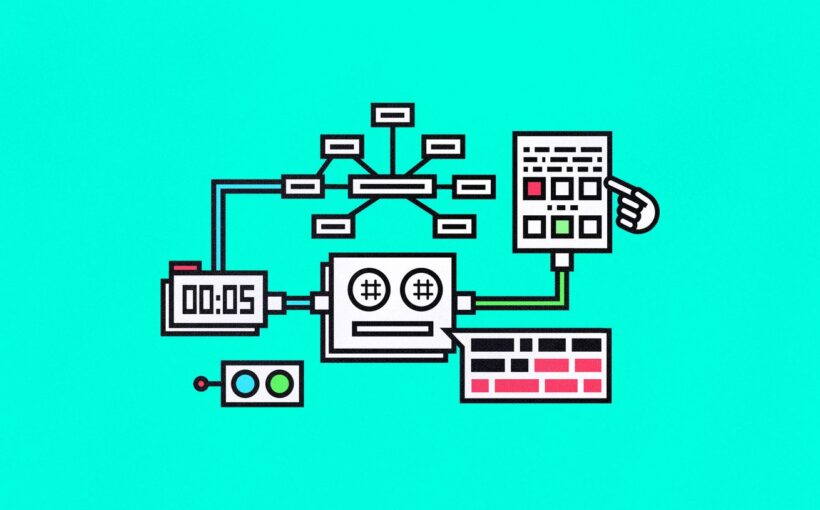Explore how Artificial Intelligence is supporting inventory management, reducing waste, promoting efficiency and safety.
SwissCognitive Guest Blogger: Sam Bowman – “Reforming Inventory Management: How AI Is Automating Supply and Reorder Strategies”
Of all of the technological advancements our society has made over the past handful of decades, few are quite as significant as the development of artificial intelligence (AI). Only the development of the internet can compete with the profound changes that AI is set to have on our society. Artificial intelligence systems are undoubtedly going to have a real and profound impact on our world today.
There is no doubt you have heard the stories about how AI software tools like Chat GPT are revolutionizing the way we search for answers and write up our solutions. The tool has completely upended the education system in many ways and is already starting to change the game in a number of different career fields. Governments across the globe are struggling to keep up, pondering policies that will adequately wrangle the budding tech’s power and keep it safe for the general public.
Although there are a number of hot topics associated with AI today, many of us fail to realize that the technology has already played and is continuing to play a huge role in the background of our lives. One of the most profound areas of impact is the supply chain management industry. Here, companies are working to fully integrate AI into workflows because of its profound ability to simplify and streamline essential processes.
AI in Inventory Management
It wasn’t all that long ago that supply chains across the globe were in complete disarray due to the COVID-19 pandemic. Many are still on the road to long, slow recovery today. Though the pandemic was far from ideal, it did provide a number of opportunities for desperate supply chain managers to integrate new technologies that could help streamline their production and help them keep things afloat in perhaps the most difficult stretch of business in the modern era.
Some of the changes that went into place involved the adoption of AI technologies in inventory management systems. The systems went to work striving to help solve an age-old problem that had been exacerbated by the pandemic: what products are customers going to want and how much of these products should be on hand when that time comes?
AI technology uses advanced algorithms to analyze years of customer demand data and assess the number of products needed, where they should go, and when they should arrive. Further, the tech can utilize ordering and inventory data to determine how much of a certain product is currently on hand and when more should be ordered. It can also take into account market trends and sourcing bottlenecks to help identify both deals and alternatives when necessary. AI is one of many tools that businesses can use to help increase profits and decrease risks.
Reducing Waste
One of the many ways that AI has revolutionized inventory management is through its ability to help managers reduce waste. Prior to the technology, it came down to managers and employees working hard to understand where the reorder point was for each individual product out of hundreds or thousands. The whole process can be pretty arduous without tools like reorder point calculators, which are largely AI-driven.
Perhaps the biggest benefit of the use of AI in this way is the ability of supply chain or store managers to reduce waste in their systems. Accidentally ordering too little of a product and having empty shelves is terrible for business as customers will often seek the product elsewhere from competitors. But having an overstock of certain items, especially if they have expiration dates or are seasonally popular can lead to a lot of waste if they aren’t moved quickly. This has the potential to create an incredible expense for companies.
Not only that, but excess products can take up a lot of valuable warehouse space which causes a lot of headaches. Limited warehouse space makes it harder to order and adequately store new or more profitable products and staples. Even with AI tools that help with the organization of warehouse storage, too much of any one product puts a real jam in the whole process.
Promoting Efficiency and Safety
An additional major benefit of utilizing AI for inventory management is its ability to create greater efficiencies and safety. A well-connected AI system can gather information about delays in certain aspects of the supply chain and follow a contingency plan, such as altering managers to look into ordering from a different supplier or rerouting certain products to avoid further delays, to adequately adjust without skipping a beat.
Another of the real benefits of technology over humans is that the tech never tires. As long as there is a consistent power supply, the AI software will continue running without breaks, without sleep, and without slowing the pace. AI can also increase safety in inventory management systems, predominantly because there are fewer human-caused errors that could lead to injury.
AI is changing the world that we live in. Today, our supply chains are becoming more and more integrated with technology, which has helped profoundly increase efficiencies and decrease waste. All of this adds up to greater profits and better results for end-user customers.
Source: SwissCognitive.


